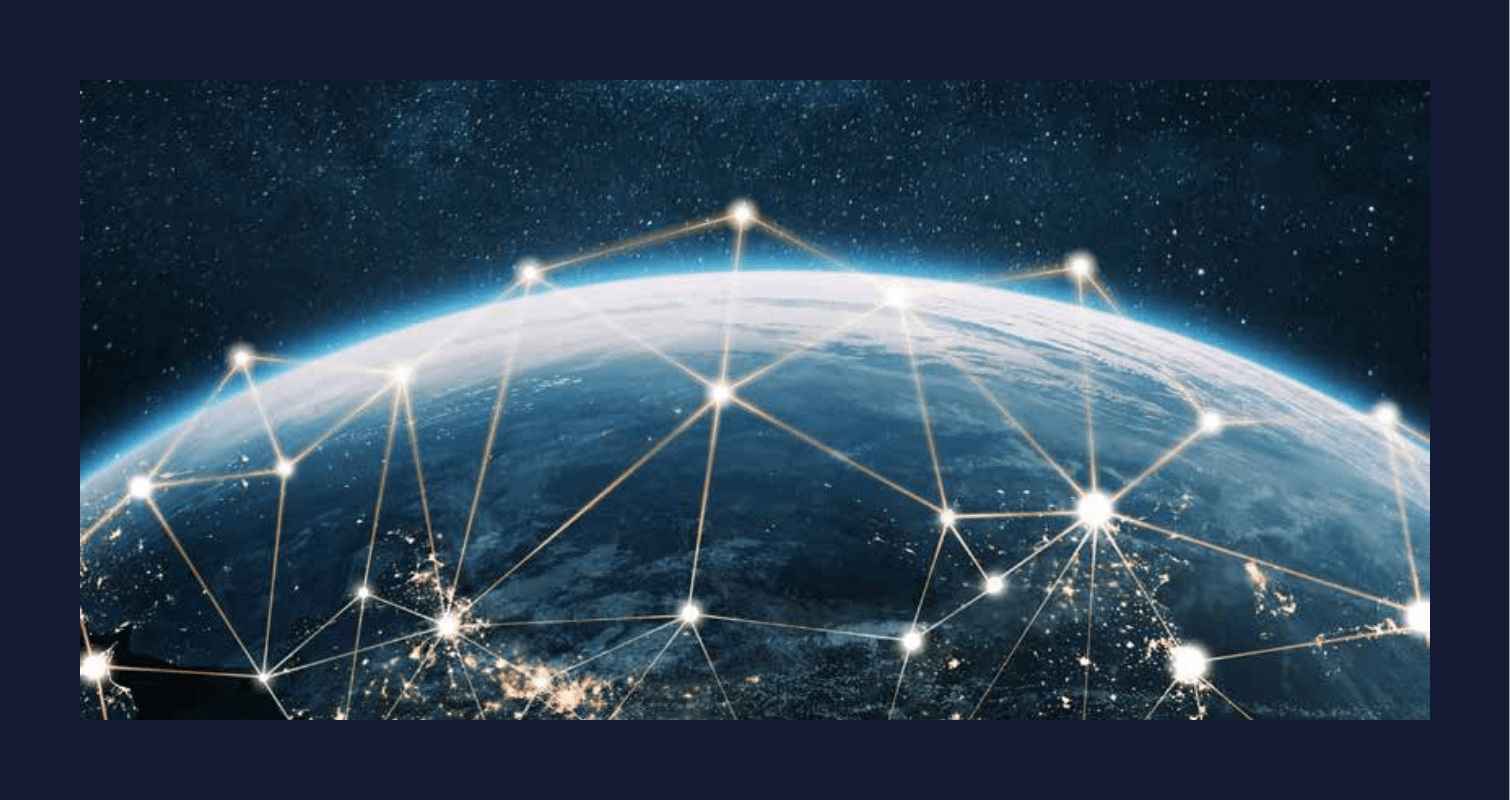Portfolio Review – April 2020 – Issue 02
This is the latest One Four Nine Portfolio Management (OFNPM) portfolio review providing investors and advisers with an easy to digest overview of what’s happening in the markets globally, alongside comparisons of OFNPM’s portfolio performance each quarter and throughout the year.
Chief Investment Officer’s comments
At the beginning of April we had not yet had enough data on the Economic condition in Q1 of 2020 to say with any certainty what the effect of global lockdowns, central bank and Government interventions and falling markets would be on economic output, but we knew it would be bad.
Now we are starting to get a picture of just how bad it is and may be.
Europe
We have had GDP estimates for France, Italy and Spain for Q1, countries which went “early” with viral lockdowns. We have seen a drop in output of 5.4%, 4.8% and 5.2% over the quarter. Bear in mind that part of this period, January and most of February economic activity was only slightly sluggish and you get to an idea of what Q2 may hold, and the rest of 2020. Confidence indicators, both for the consumer, manufacturing and the service sector all fell to new lows in Europe. The ECB has promised further monetary assistance and Governments are preparing to fill demand driven holes in the economy and expand their balance sheets – all to keep standing still or to mitigate the fall into a full-blown depression. Predictions of 10% to 15% fall in output for 2020 now look optimistic, especially for those economies exposed significantly to tourism.
US
The US also released its first estimate of Q1 economic activity, and it fell 4.8% on an annualised basis, or to compare to the GDP figures above, 1.2% for the quarter. Here less of the quarter was under economic and social lockdown than in Europe so a smaller fall is not surprising. Continuing jobless claims in the US now total 18 million, whereas on the 13th of March they were 1.8 million and activity indicators have all reached all-time lows. It does not stretch the imagination much to see a Q2 fall in GDP of 5% unannualised. The first half of 2020 will probably show a fall in economic activity twice that of the fall in 2008/09 in the US alone, but with a less certain path to recovery. Easy monetary policy alone will not bring back consumer confidence quickly.
Not a liquidity, but a solvency crisis
Apart from the obvious reasons that people just don’t feel that safe at the moment, consumer confidence will be shaken further because of significant job losses. We are at the start not of a liquidity crisis, but a solvency crisis. Several firms have gone under already in the UK, although these have been mostly ones that were on the precipice anyway, but there will be many more to come alongside significant job losses, especially in tourism and travel related industries.
It will fall on central banks and governments to ensure that this does not have a wider contagion effect in markets. This will be done mainly through massive fiscal expansion and long-term job subsidy schemes. We may well be at the start of the era of national guaranteed incomes.
Also, authorities will increasingly look to be interventionist in markets and already they have mandated banks to stop paying dividends to sure up capital. Several other large firms have started to cut dividends before they are told to do so to preserve capital and maybe sure up jobs.
Oil
And finally, we need to look at the price of oil to see what is happening in the real economy – an unprecedented fall in demand. In the later parts of April, we saw the price of oil futures turn negative as future contracts that expired with physical delivery were being off loaded due to a lack of storage capacity, while output was and is still at pre-pandemic levels. Brent futures, which are not physically delivered fell below $20, a price not seen in over 20 years. Oil literally couldn’t be given away as there was nowhere to store it.
The markets
And what have markets done?
Well they rallied significantly of course. More on hope than anything concrete. Earnings numbers are still only filtering through for Q1, and this will only reflect a small proportion of the impact of the virus on company profitability. The hope has been that the large amounts of government spending and intervention and some early easing lock down conditions in Europe and the US, will see consumer demand bounce back quickly once the worst of the pandemic is over.
The market seems to be discounting what will inevitably be catastrophic falls in earnings for some companies, especially cyclical companies. Those with poor balance sheets, poor management and poor returns on equity will fall quickly.
All this, while over 3 million people have been infected with Covid-19 and 247,000 people have died. If the end of the lockdown comes too early and we see cases starting to increase again, then the markets will get spooked once more and a second leg down will be inevitable. It feels now that markets are reacting the only way they know how, which is to rally from “bargain basement prices”. This may well turn out to be a strong contender for the greater fool theory.
The FTSE All Share returned 5% in April, while the S&P 500 returned 11%, Europe 4.5%, Japan 3.5% and Emerging markets 7%. Corporate bonds also recovered with sterling investment grade rising 5.7% and sterling high yield 7%.
One Four Nine Portfolio Management
Our funds having outperformed a falling market in Q1, now outperformed a rising market in April, with all but two failing to beat the market. On average our equity funds have now outperformed their passive equivalent by over 5%, with our funds down on average 8% and the passives equivalents down 13.5% year to date. Our three UK funds, Lindsell Train UK, Evenlode Income and Liontrust special situations have outperformed the UK market, which is down over 21% year to date, by between 8% and 10%. One of our Global funds, Fundsmith, has even managed to record a positive year!
Portfolio comparison
The table below shows the performance of our Active and Passive range of portfolios alongside the ARC PCI estimates for April. Our active portfolio range have outperformed, by some margin, our passive portfolio range and they have, outperformed the ARC index.
| OFNPM Portfolio | Active Portfolio | Passive Portfolio | ARC PCI Index |
| OFNPM Defensive | 2.45% | 2.71% | 2.71% |
| OFNPM Cautious | 3.28% | 3.20% | 2.70% |
| OFNPM Balanced | 4.95% | 4.28% | 4.20% |
| OFNPM Growth | 6.45% | 5.41% | 5.60% |
| OFNPM Adventurous | 8.18% | 6.60% | 6.90% |
| FTSE All Share | 4.94% | ||
| MSCI World GBP | 9.04% |
Over the year thus far the difference is larger as we outperformed on the down and the up leg so far. The data for the year to date is in the table below.
| OFNPM Portfolio | Active Portfolio | Passive Portfolio | ARC PCI Index |
| OFNPM Defensive | -3.17% | -4.30% | -3.97% |
| OFNPM Cautious | -4.04% | -5.77% | -3.97% |
| OFNPM Balanced | -5.14% | -7.95% | -7.28% |
| OFNPM Growth | -6.78% | -10.68% | -9.66% |
| OFNPM Adventurous | -7.72% | -13.00% | -11.62% |
| FTSE All Share | -21.45% | ||
| MSCI World GBP | -8.03% |
Final thoughts
All we can really do now is wait and see if Government measures around the economy, our health and wellbeing get us through these most trying times. With volatility so high, now is not the time to be trying to time the market in or out. Your long-term strategic asset allocation will do the heavy lifting from that point of view, and our underlying funds are invested in good quality, low leverage, strong companies, which offer the best probability of weathering this storm.
As always it is time in the market and not market timing that will deliver the best returns.
Find out how One Four Nine Portfolio Management invest here.
Dr Bevan Blair,
Chief Investment Officer,
One Four Nine Portfolio Management
London, Tuesday 05 May 2020.
The value of investments and the income from them may go down as well as up. You may not get back the amount you invest. The return may increase or decrease as a result of currency fluctuations. Past performance, or any yields quoted, should never be considered a reliable indicator of future returns.
All data is at 30 April 2020. One Four Nine Models are benchmarked against UK CPI and any other benchmark has been displayed for comparative purposes only and is not a benchmark for the Models. Performance figures are net of underlying fund fees and include One Four Nine Portfolio Management’s Management Fee of 0.24% (including VAT). All model portfolio performance data is sourced from One Four Nine Portfolio Management. All other data is from Bloomberg and Morningstar.
This service is intended for use by investment professionals only. This document does not constitute personal advice. If you are in doubt as to the suitability of an investment, please contact your adviser.
One Four Nine Group Limited Registered in England No: 11866793. One Four Nine Portfolio Management Limited is registered in England No: 11871594 and is authorised and regulated by the Financial Conduct Authority (FCA) FRN: 931954. One Four Nine® is a registered trademark.











